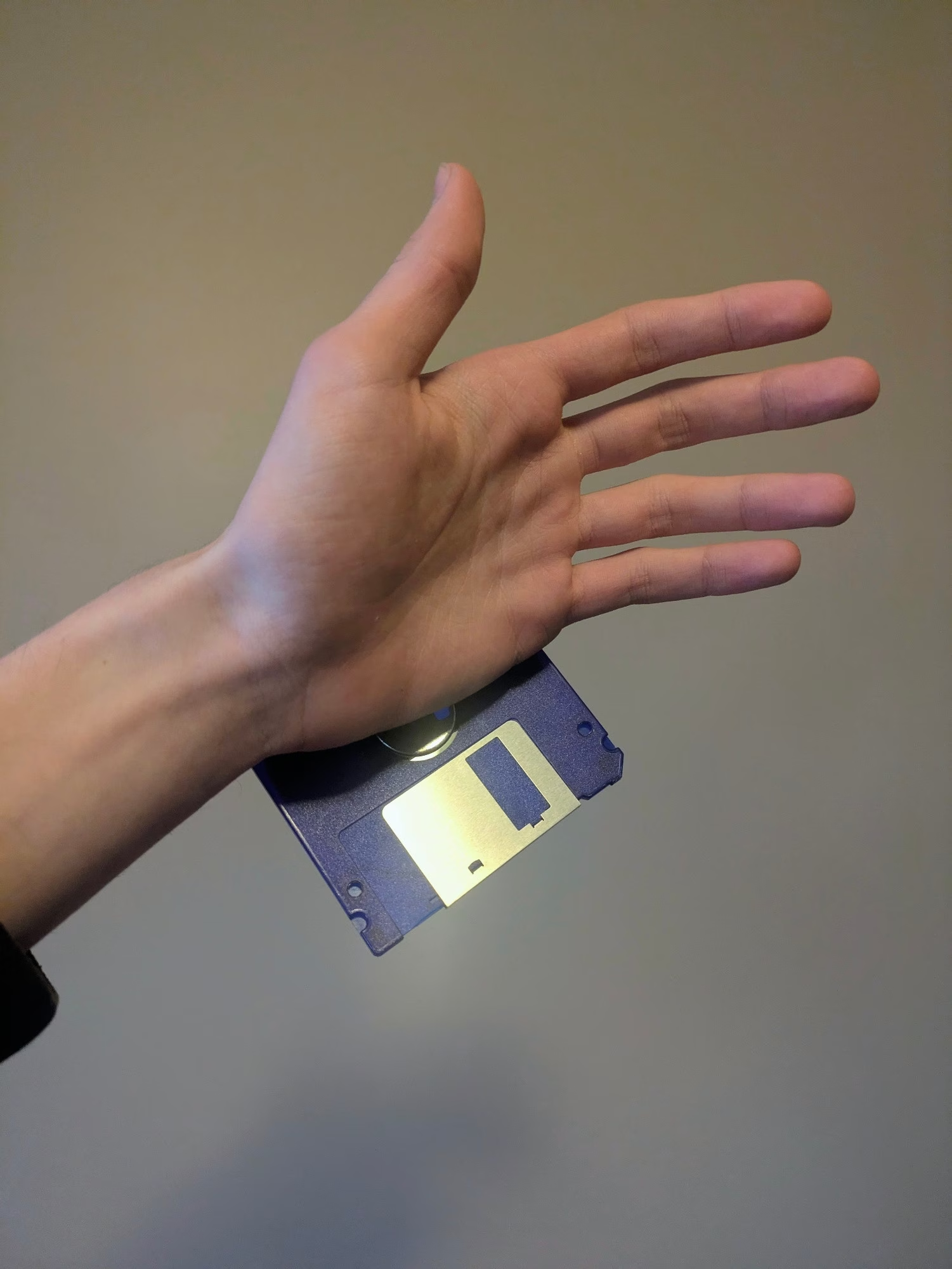Identifying AI Content Is A Fool's Errand
Detection is futile.
AI-generated content is commonplace and largely indistinguishable from content created via other means, such that trying to identify or detect it is largely futile and impossible to do on the whole.
https://vale.rocks/posts/detecting-ai
Saw some great talks at DDD Perth yesterday. There was lots of AI stuff, so I focussed my attendance on some of the talks and discussion away from that.
Ja-Jet Loh presented a fantastic talk on the history of open-source. A fun little refresher as someone who writes open-source code.
Matthew McGillivray talked about programmatic video with a slide deck made entirely in the technologies he was talking about. Really sleek presentation and great live demos.
Kristy Sachse blitzed through a talk about designing multi-modal systems away from the standard screen dynamic.
Eumir Gaspar took the crowd down the rabbit hole (that quickly became a bottomless pit) of custom keyboards. Some proper interesting stuff there and fascinating history I wasn’t privy to.
Rendle talked about some positive applications of technology in this rotting climate we find ourselves in.
Throughout the day I managed to have some great convos with various folks and at the assorted booths (also managed to pick up plenty of swag while doing so).
Thanks to all the organisers, volunteers, and sponsors who made it happen!





